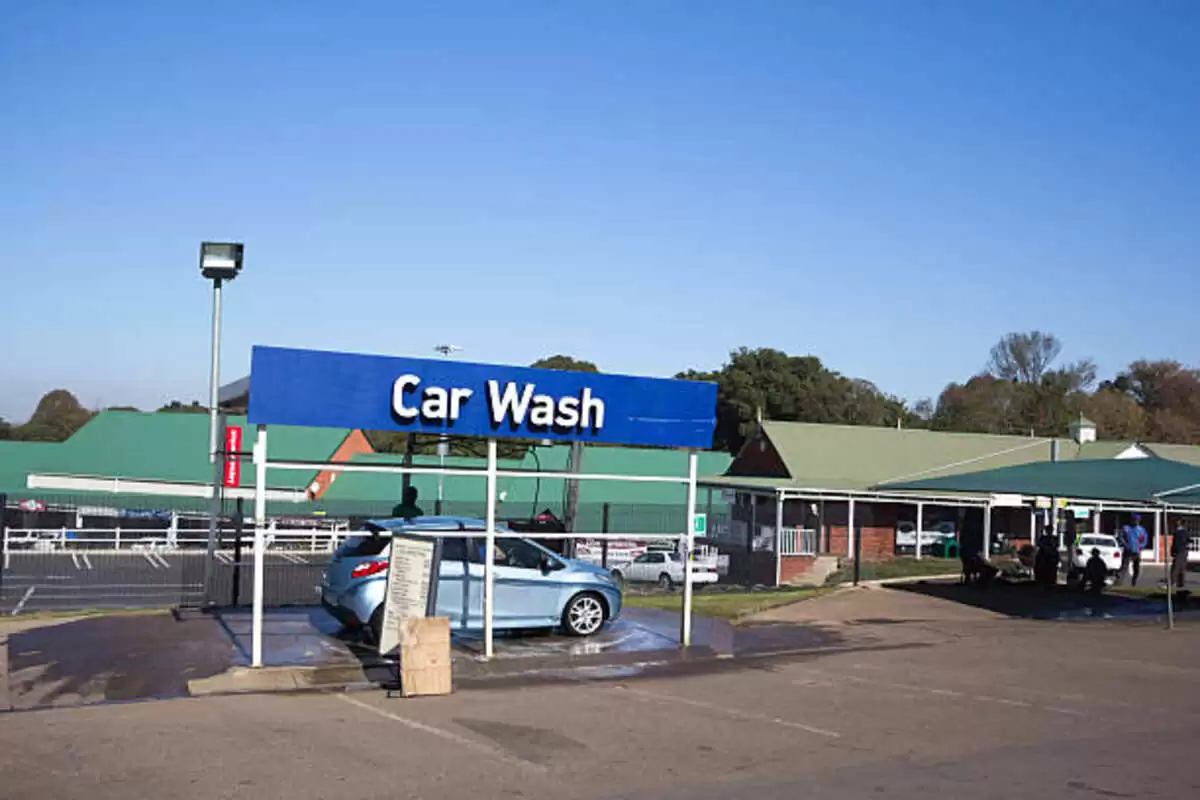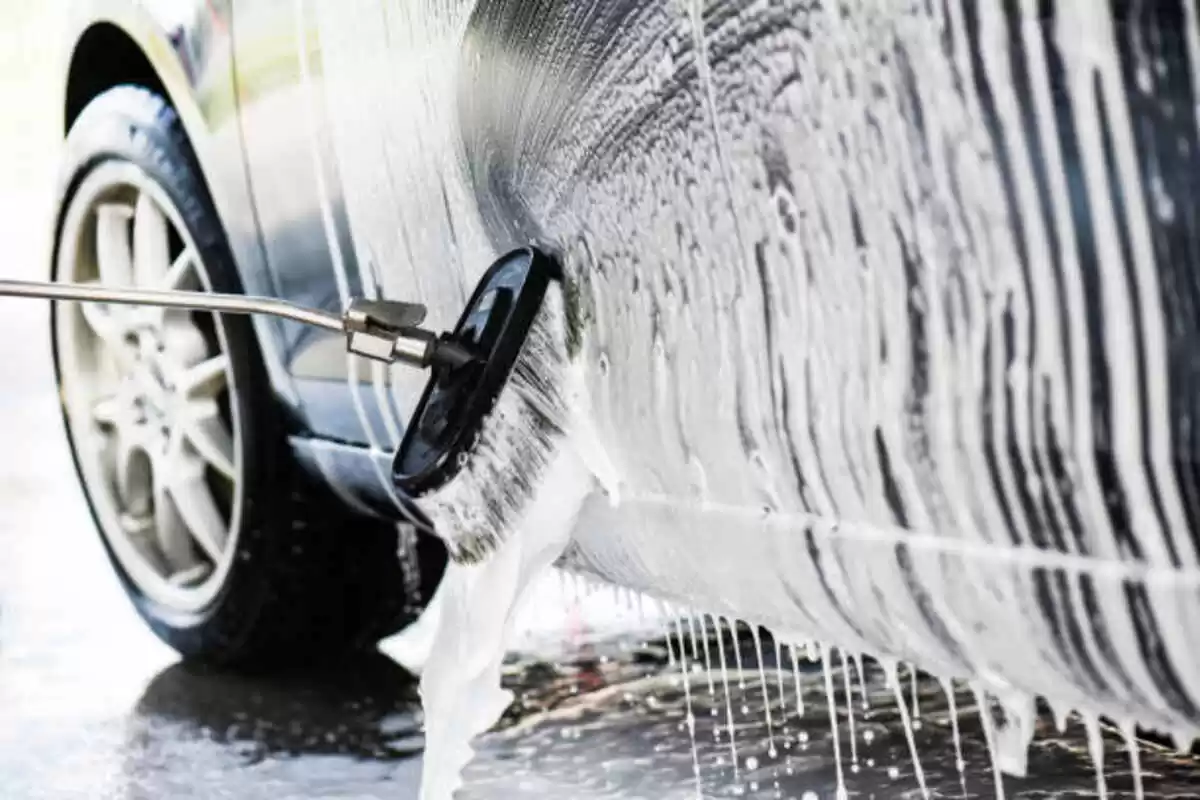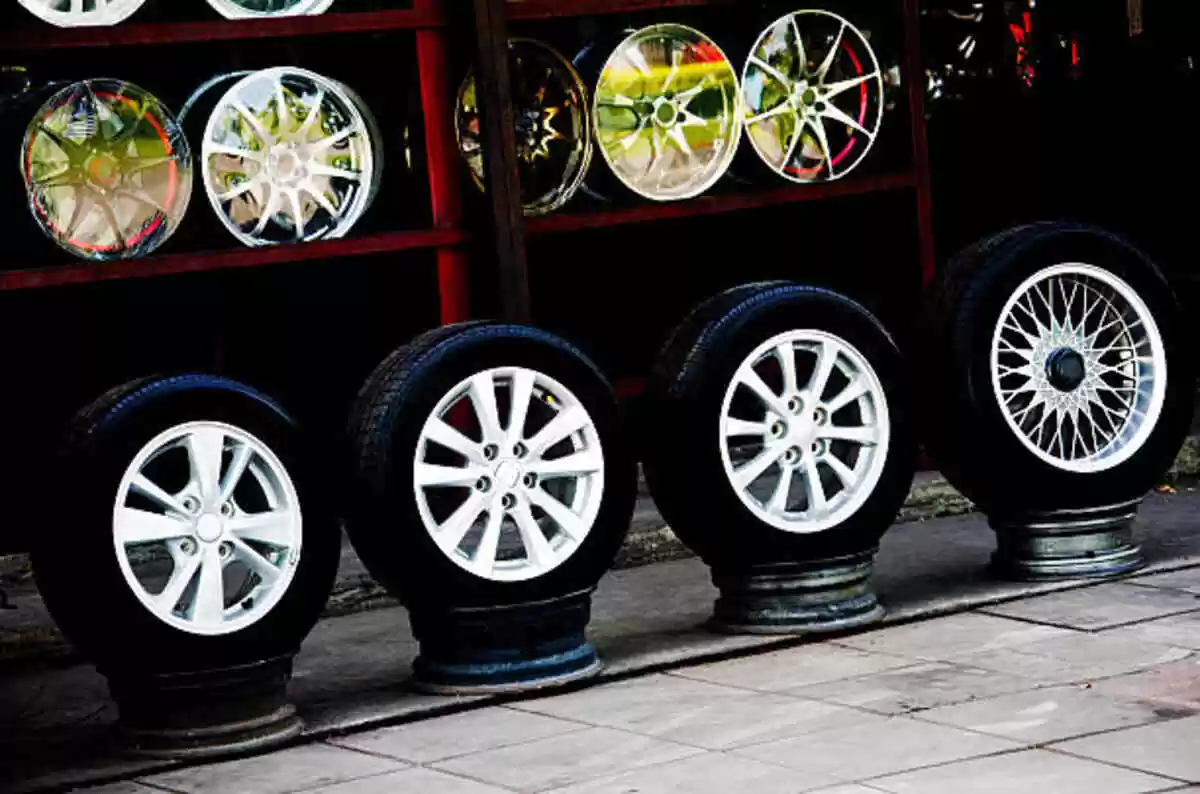“From a user standpoint, it might be too much of a compromise. We won’t know that yet until it really propagates out here in the Western market.”
LFP batteries, which also fall under the lithium ion umbrella, are already powering a substantial number of EVs in China. But they have not reached the U.S. in any appreciable volume, said Dan Blondal, CEO of Nano One Materials Corp., a battery technology firm based in Vancouver, British Columbia.
Blondal does not expect LFP to supplant NMC entirely, but he sees it being used in lower-cost vehicles.
“There’s never going to be a winning chemistry because they all have different strengths and weaknesses,” he said.
He estimates that LFP battery packs with up to 60 kilowatt-hours and vehicles with ranges of about 250 miles mark the high point of the chemistry’s capabilities.
LFP’s cooler running temperature and better safety credentials — with slim to no chance of bursting into flames — have helped the batteries gain ground in China, said Layson.






